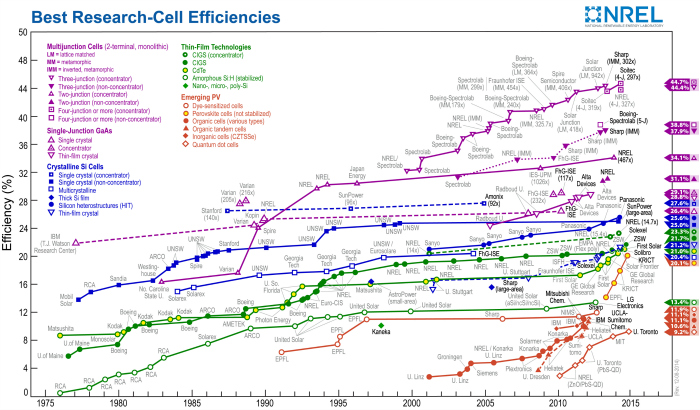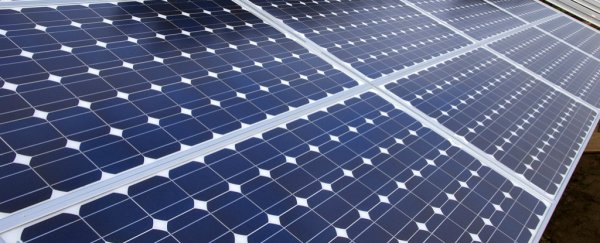At the end of last week, solar technology company SolarCity, which was co-founded by Tesla CEO Elon Musk, made headlines when it announced it had developed the most efficient rooftop solar panel to date, with a module-level efficiency of 22.04 percent. Now, just a few days later, Panasonic has one-upped them by announcing a rooftop panel prototype that's nearly half a percent more efficient.
"Sorry Elon, I'mma let you finish…" and, well, you know how that pun goes. What's cool about Panasonic's record-breaking prototype is that it was mass-produced, and able to convert 22.5 percent of sunlight into electrical energy straight off the production line, which means it'll be easily commercialised and presumably relatively cheap for consumers.
Right about now you're probably wondering why this is a big deal, when researchers have already managed to convert the Sun's rays into electricity with more than 40 percent efficiency, and just last year Panasonic themselves announced they'd made a solar cell with 25.6 percent efficiency.
What's new is that this power conversion rate was achieved by an entire, commercial-sized rooftop solar panel, rather than an individual crystalline silicon solar cell. And yes, scientists have achieved better power conversion efficiencies in the past with different panels, but generally that's only been done by either:
- setting up a system of solar panels
- using alternative solar cells, such as multi-junction solar cells, instead of crystalline silicon solar cells, or
- concentrating sunlight before it hits solar panels.
According to Panasonic, their new solar panel is a 72-cell, 270-watt prototype, and was built using crystalline silicon solar cells - the type most commonly used in rooftop set-ups.
Crystalline silicon solar cells are less efficient than other technology, and it's unlikely they're going to get much better than they are now, with only small percentage gains being made over the past decade. But what's good about them is they're relatively cheap and easy to make.
That's why this new record is important, because it's not just straight solar to electricity efficiency that matters - it's the cost per watt ratio. And even though 22.5 percent may not sound that impressive, this prototype will be significantly cheaper when it hits the market than those multi-junction solar cells that are able to achieve 40+ percent energy conversion.
This chart from the National Renewable Energy Laboratory provides a great break-down of the different photovoltaic cells currently being developed and their efficiencies (high-res here).

The Panasonic prototype record has been confirmed by the Japanese National Institute of Advanced Industrial Science and Technology, and will be discussed at the Solar Energy UK exhibition held in Birmingham next week.
